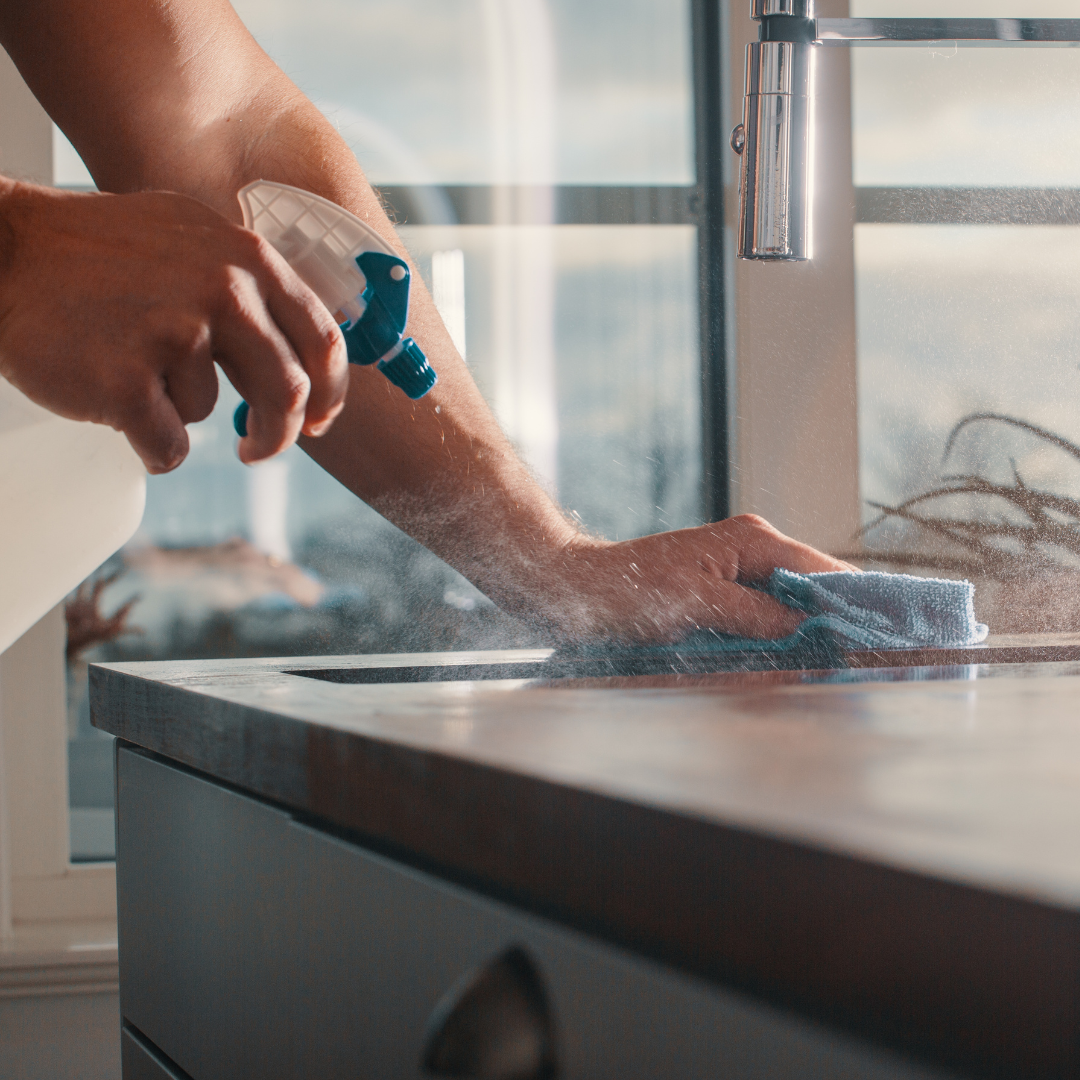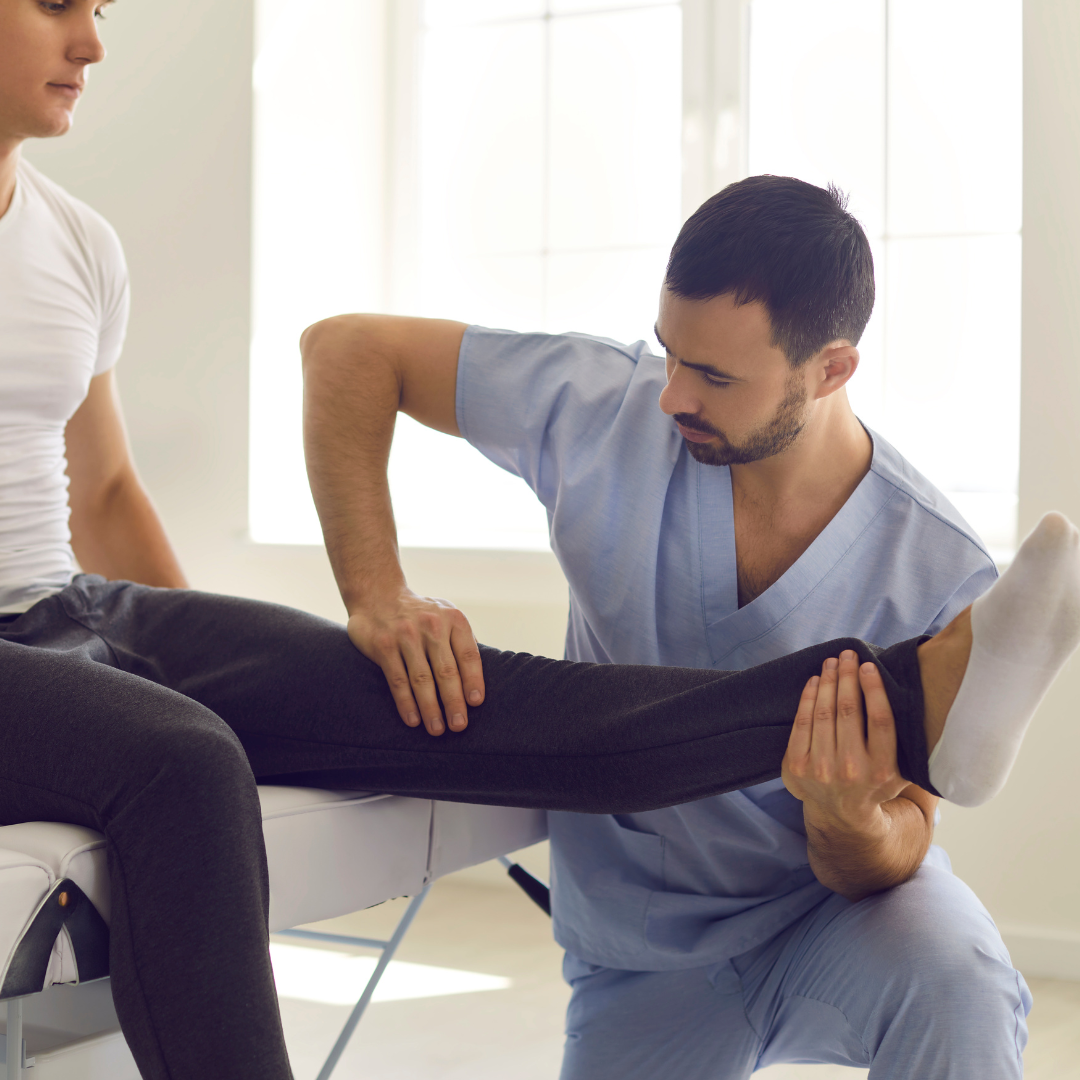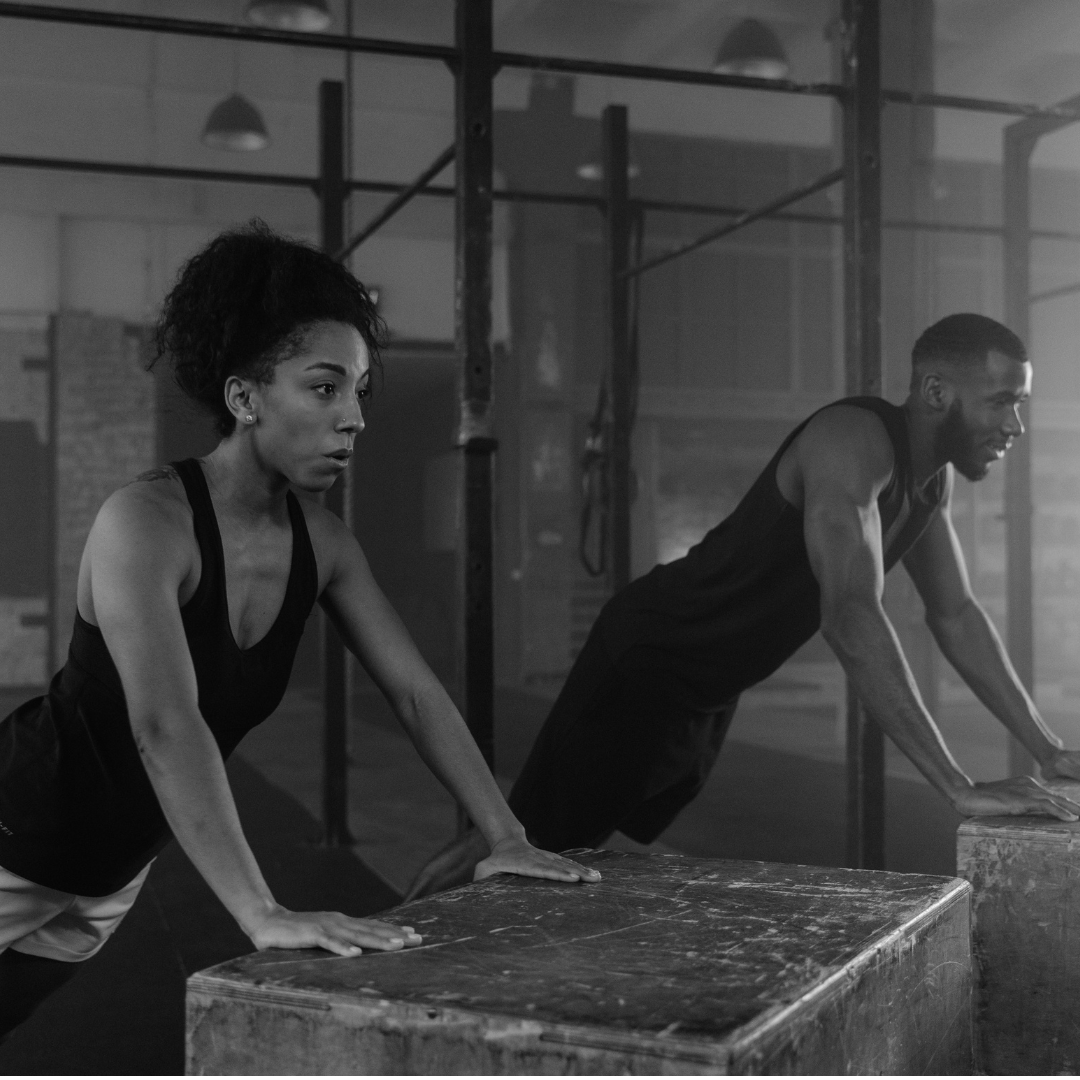We all want to live longer, healthier lives—and science shows that the way we move plays a huge role in how well we age. While nutrition, sleep, and stress management are key, regular exercise may be the single most powerful lifestyle factor for longevity.
According to the World Health Organization, adults who engage in at least 150 minutes of moderate physical activity per week lower their risk of chronic diseases and live longer, healthier lives.
So what types of exercise are best for extending lifespan? Let’s break it down.
1. Walking & Light Cardio 🚶♀️
Walking is one of the simplest and most effective ways to boost longevity. A large study published in JAMA Network Open found that people who walk at least 7,000 steps per day had a 50–70% lower risk of premature death compared to those who walked less (NIH).
Other light cardio options:
-
Cycling
-
Swimming
-
Hiking
-
Dancing
These activities improve heart health, lung function, and endurance.
2. Strength Training 💪
Muscle mass naturally declines with age, but strength training helps preserve it. Lifting weights, resistance band workouts, or even bodyweight exercises like push-ups and squats can:
-
Improve bone density
-
Maintain muscle strength
-
Reduce risk of falls
-
Support metabolism
A study in the British Journal of Sports Medicine found that strength training twice a week was linked to a 20% lower risk of all-cause mortality (BMJ).
3. High-Intensity Interval Training (HIIT) ⏱️
HIIT involves short bursts of intense activity followed by rest periods. It’s efficient, improves cardiovascular health, and enhances insulin sensitivity.
Research from the Mayo Clinic suggests HIIT may slow the aging process at a cellular level by improving mitochondrial function.
Examples:
-
30 seconds sprinting, 90 seconds walking (repeat 6–8 times)
-
Bodyweight circuits with minimal rest
-
Rowing machine intervals
4. Flexibility & Mobility Work 🧘
Longevity isn’t just about years—it’s about quality of life. Flexibility and mobility training reduce stiffness, improve posture, and keep joints healthy.
Great options include:
-
Yoga
-
Pilates
-
Dynamic stretching routines
According to Harvard Health, regular stretching maintains mobility and reduces injury risk, which is crucial for aging well.
5. Balance & Stability Training ⚖️
Falls are one of the leading causes of injury as we age. Balance training reduces this risk and keeps people independent longer.
Try:
-
Single-leg stands
-
Tai Chi
-
Heel-to-toe walking
-
Stability ball exercises
The CDC emphasizes balance exercises as part of a fall-prevention strategy for older adults.
Putting It All Together
To maximize longevity, aim for a balanced routine that includes:
-
150 minutes of moderate cardio per week (walking, cycling, swimming)
-
2 strength training sessions per week
-
Flexibility & balance work 2–3 times per week
Consistency matters more than perfection. Even small, regular efforts add years to your life and life to your years.
Final Thoughts
Exercise is more than a way to look fit—it’s one of the most powerful tools for healthy aging and extending lifespan. By combining cardio, strength, flexibility, and balance, you can not only add years to your life but also keep those years active and fulfilling.
Read more

Learn how Non-Exercise Activity Thermogenesis (NEAT) helps you burn calories outside the gym. Discover simple, everyday ways to increase your NEAT for better health and weight loss.

Discover safe and effective workouts to help manage osteoporosis. Learn how strength training, balance exercises, and mobility work can improve bone health.

